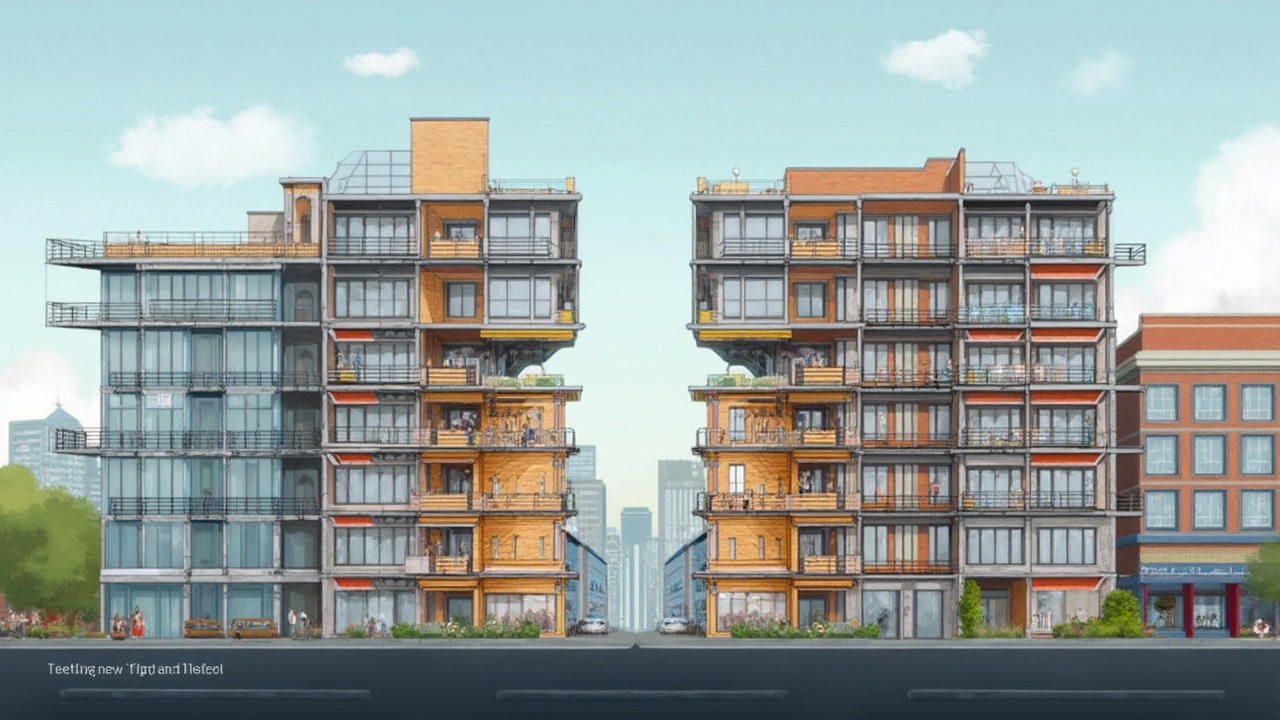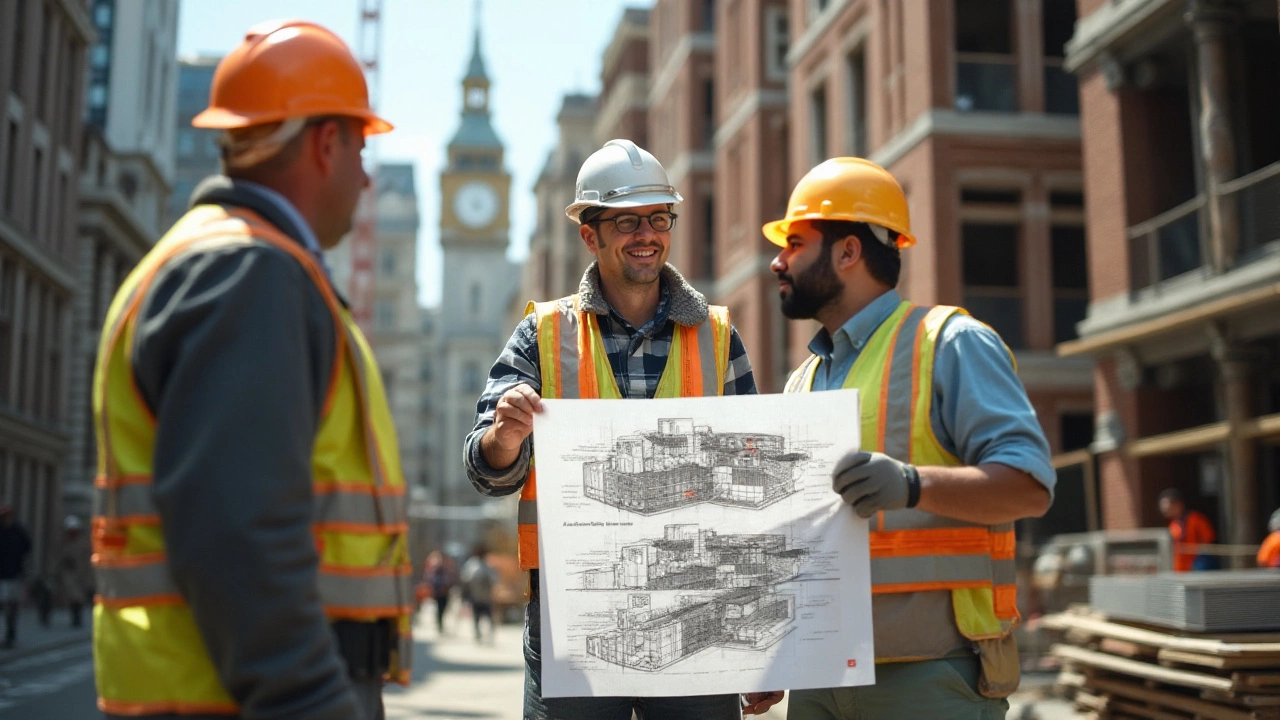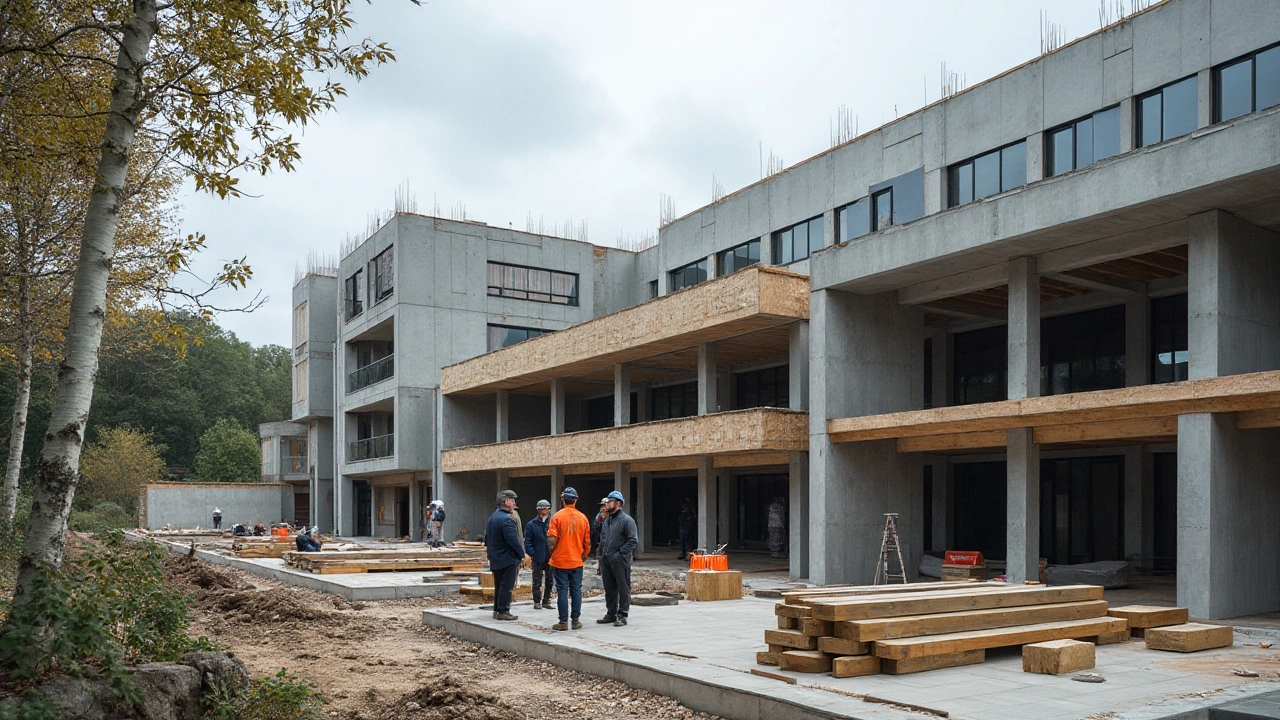Fire Safety Tips for Conservatories and Home Extensions
When you add a conservatory or extend your home, the excitement can make you forget about fire safety. A bright, glass‑filled space looks great, but it also creates unique fire risks. Let’s walk through the most important steps you can take right now to keep your new area safe.
Pick the Right Materials
Not all glass and timber are created equal. Choose fire‑rated glass for windows and doors – it slows down breakage and buys you valuable minutes to escape. If you’re using timber for frames or decking, opt for treated wood that resists ignition. Many manufacturers now offer “Class A” or “Class B” fire‑rated timber, which is a smart investment for any extension.
Install and Maintain Smoke Alarms
Every room should have its own smoke alarm, and a conservatory is no exception. Because glass can reflect sound, place the alarm on the wall opposite the main entry. Test the alarm monthly and change batteries at least once a year. If you have a wired system, consider a hard‑wired alarm with a battery backup – it stays functional even during a power cut.
Don’t forget heat detectors in areas where cooking or heating appliances are used. They respond to temperature spikes rather than smoke, which is perfect for kitchens adjoining a conservatory.
Another simple step is to keep fire extinguishers handy. A compact, Class ABC extinguisher mounted near the entrance can be a lifesaver if a small blaze starts.
Follow UK Building Regulations
The UK’s Building Regulations Part B sets out fire safety standards for new work. Your architect or builder should provide a fire safety statement that covers escape routes, fire‑resistant walls, and the required distance between the conservatory and neighboring structures. Make sure the plans show a clear, unobstructed path to the outside – a window that opens easily can be an emergency exit.
If you’re converting a loft or adding a second story, you’ll also need to think about fire doors. A door rated at least FD30 will prevent fire from spreading between floors.
Keep Electrical Installations Safe
Electrical work is a common cause of house fires. Hire a qualified electrician to install lighting, sockets, and heating units in your conservatory. Avoid over‑loading power strips and always use appliances with proper UK plugs. If you install under‑floor heating, make sure the system is sealed and insulated correctly – moisture and electricity don’t mix well.
Check that all cables are hidden behind fire‑rated plasterboard or conduit. Exposed wiring not only looks messy, it’s a fire hazard.
Maintain Regular Housekeeping
Leaves, twigs, and debris can accumulate around the base of a conservatory and act as tinder. Sweep the floor regularly and keep the surrounding garden tidy. If you have a wood‑burning stove, clean the chimney annually and store firewood at least a foot away from the glass walls.
Don’t forget to inspect the roof and gutters for blockages. Water leakage can weaken fire‑rated panels over time, reducing their effectiveness.
By staying on top of these simple tasks, you’ll enjoy your new space without worrying about fire dangers. Remember, fire safety isn’t a one‑time checklist – it’s an ongoing habit that protects both your home and your loved ones.
If you’re unsure about any step, consult a fire safety professional. A quick site visit can highlight issues you might have missed and give you peace of mind before you move in.



